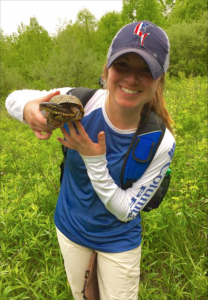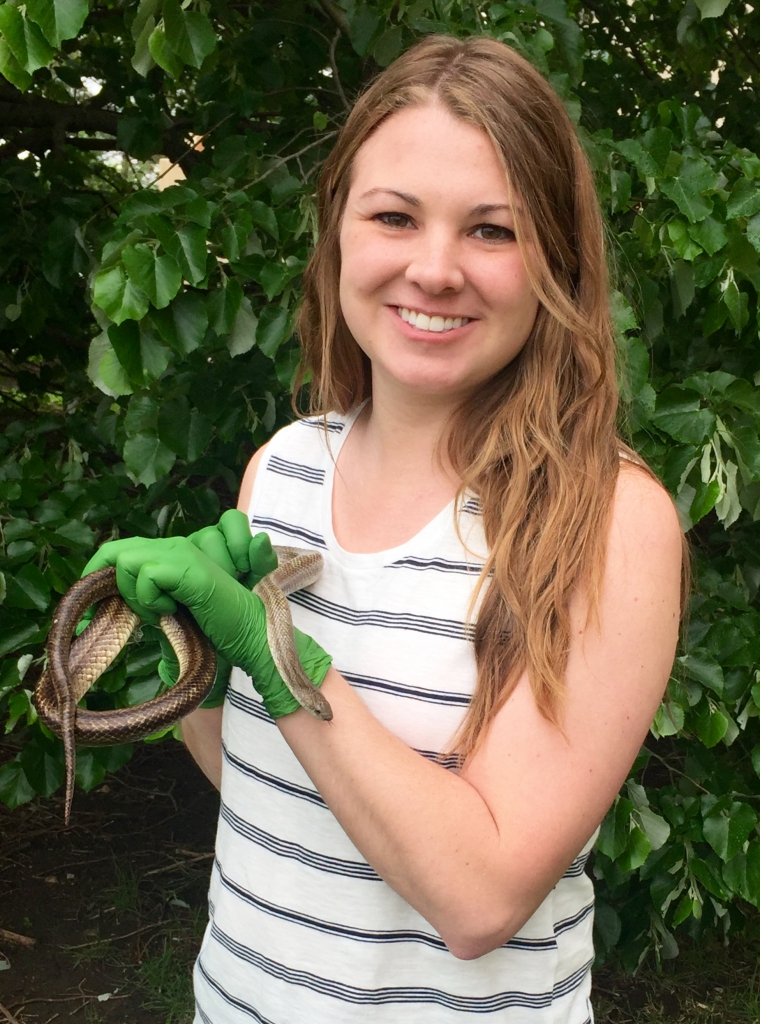Most of us grow up with our friendly four legged friends, only knowing about slithery, scaly creatures from watching TV or movies.
Think of a movie with a character played by a dog…

Did you think of Beethoven, the giant slobbery St Bernard? The dog named Old Yeller that is praised after saving a little boy from a bear? Or the loved heroic wolfdog named Balto?
Now, think of a movie with a character played by a snake…

Did you think of Lord Voldemort’s snake in Harry Potter? The giant snake from the Indiana Jones series? Or the giant flying serpent from Disney’s Aladdin?
Of course there are exceptions to the list, but did you pick up on a theme? The dog always plays a beloved hero and the snake is usually perceived as the bad guy…
People often fear what is unfamiliar to them. Dogs are one of the most commonly owned and understood animals, while snakes are high up on the list of the most unknown and feared. I’ll admit that the movies I watched perceiving snakes as creepy (and minimal interactions with animals lacking fur, four legs, and a tail) did cause me to develop a slight fear of the scaly reptiles growing up. Lucky for me, wanting to go to veterinary school and loving all creatures never allowed my slight fear to turn into a “phobia.”

Megan posing with an Eastern Box Turtle while out hiking with the 2016 Turtle Team.
When I started veterinary school at the University of Illinois, I became involved in Dr. Allender’s Wildlife Epidemiology Lab (WEL). I was excited to get involved in Dr. Allender’s lab because I really enjoyed the epidemiology research I participated in during undergrad. The only difference here was that Dr. Allender researched diseases primarily affecting the one category of animals I had zero experience with… reptiles. But, my inexperience with reptiles didn’t detour me from jumping right into the lab work!
I spent the summer after my first year of vet school helping lead the lab’s Eastern Box Turtle Project, known as Turtle Team. Turtle Team consists of a group of veterinary students, veterinarians, and biologists that head out to the field each summer in search of turtles for an ongoing turtle health survey. I quickly developed a love for the cute four-legged reptiles (because, how could you not love turtles?!).
Between Turtle Team weeks, I also had the opportunity to be trained in handling venomous snake species. Although it took me a while to get comfortable handling the snakes, I knew working with them would allow me to participate in the lab’s Snake Fungal Disease (SFD) research after Turtle Team ended.
Not surprisingly, it didn’t take me long to develop a fascination with the scaly, legless creatures. My summer working with adorable turtles was a lot of fun, but my new interest in snakes kept me wanting to learn more.
 This summer I will be spending most of my time out in the field searching for Timber rattlesnakes as part of the lab’s ongoing snake health surveillance research. Timber rattlesnakes, as well as the Eastern Massasauga, are two specific species affected by the emerging pathogen that is known for causing Snake Fungal Disease (SFD). SFD is a syndrome caused by ophidiomyces ophidodiicola, which is within the family of fungal pathogens that cause dermal lesions in reptiles.
This summer I will be spending most of my time out in the field searching for Timber rattlesnakes as part of the lab’s ongoing snake health surveillance research. Timber rattlesnakes, as well as the Eastern Massasauga, are two specific species affected by the emerging pathogen that is known for causing Snake Fungal Disease (SFD). SFD is a syndrome caused by ophidiomyces ophidodiicola, which is within the family of fungal pathogens that cause dermal lesions in reptiles.
Since WEL focuses on early detection of emerging pathogens, we will be sampling the snakes to test for ophidiomyces. Physical examinations will be performed on every individual to look for clinical signs of the disease. Our goal this summer is to continue monitoring the health of snake populations affected by SFD to better understand the emerging pathogen.
With classes ending this week, I am so excited to finish up my second year of veterinary school so I can get back out into the field! I am looking forward to another great summer of research with the Wildlife Epidemiology Lab!
